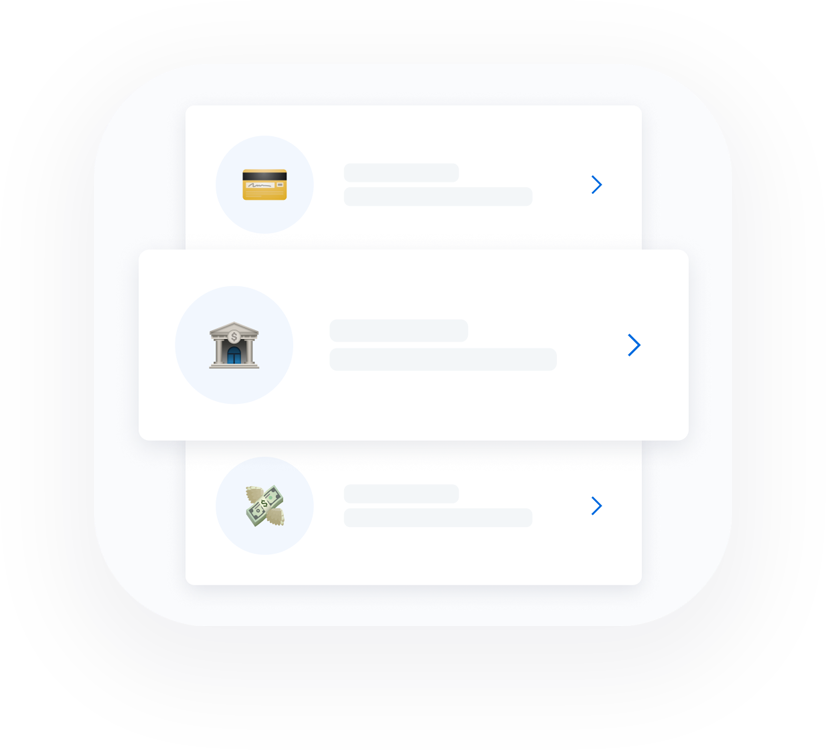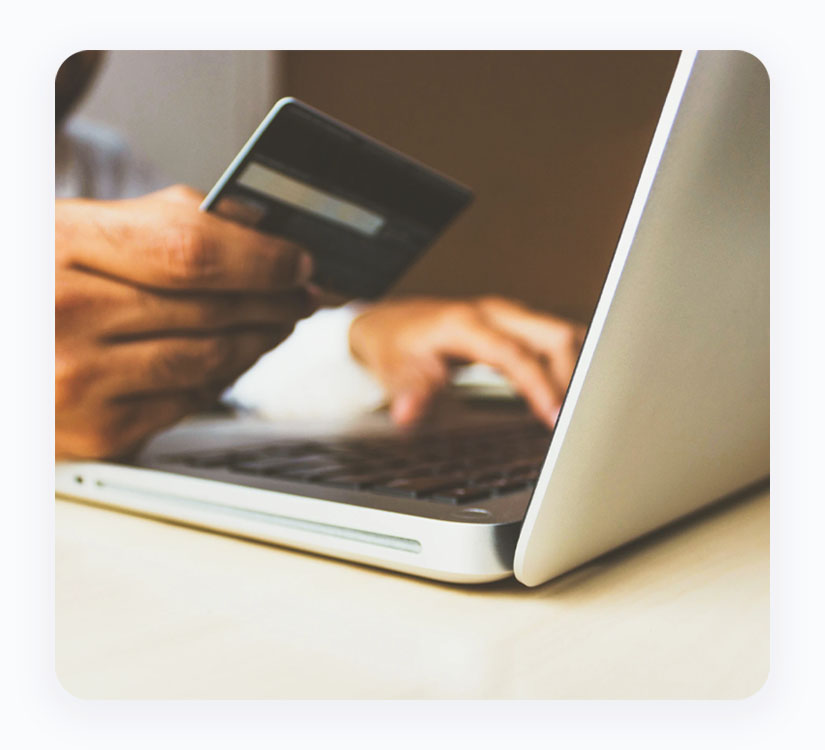- Home
- IBAN Calculator
- Guatemala
Guatemala IBAN Format Example
An IBAN consists of a two-letter country code, two check digits and a Basic Bank Account Number (BBAN). A BBAN includes information about the domestic bank and account number. The IBAN print format adds one space after every four characters whereas the electronic format contains no spaces.
Your IBAN Number
GT82 TRAJ 0102 0000 0012 1002 9690
| ISO Country Code | GT (Guatemala) |
| IBAN check Digits | 82 |
| BBAN | TRAJ 0102 0000 0012 1002 9690 |
| Bank Identifier | TRAJ |
| Currency | 01 |
| Account type | 02 |
| Account Number | 0000001210029690 |
| SEPA Member | No |
Many countries use the International Bank Account Number (IBAN) as a standardized format for how bank account information is presented when sending an international money transfer. The IBAN examples and formats found on this site are based on the SWIFT IBAN Registry.
IBAN Format example
What is an IBAN number?
The IBAN code stands for International Bank Account Number, a unique set of characters made up of up to 34 letters and numbers that helps banks process transfers around the world. Banks and other institutions use IBANs to identify individual accounts. They combine your local bank details into one string of characters, making it easy to identify your account when sending or receiving money.

Where can I find my IBAN number?
You can usually find your IBAN number by logging into your online banking, or checking your bank statement. If you want to send money overseas, it's important that you use the correct IBAN code. If you get it wrong, your bank might charge you for an invalid payment or send your money to the wrong destination.

When do you need an IBAN number?
If you’re sending or receiving money internationally, most European banks will ask for an International Bank Account Number (IBAN). The IBAN is the safest, most efficient way to make sure your money gets to where it needs to be. More banks around the world are starting to adopt this system, but you may need more details when sending money to another country.

More Frequently Asked Questions on IBAN
Do you have questions about IBAN numbers? Read our FAQs to learn more.
An IBAN and a BIC (Bank Identifier Code) are required to send money to countries that have an approved IBAN format. Some payment providers will request both pieces of information whereas others will only ask for an IBAN because they can calculate the BIC on the sender’s behalf. The money transfer recipient should get this information from their bank since it generates the IBAN.
The IBAN was originally created as a way for European Union (EU) citizens to send money across borders. Presently, it is also used in Middle Eastern and Caribbean countries. Though most North American, Australasian, and Asian countries do not employ an IBAN system for monetary transfers unless sending a payment to a country that uses the IBAN system. See the countries in the SWIFT IBAN Registry listed on the IBAN Country List.
The IBAN is a common standard for international money transfers that has not yet been adopted universally. To send an international money transfer to some countries, you may need to include the recipient's account number, routing number, or SWIFT code.
A Society for Worldwide Interbank Financial Telecommunication (SWIFT) Code, or Business Identifier Code (BIC), is a standardized international code that identifies a financial institution. A BIC functions as an address of sorts for international transfers between banks. It consists of a four-letter bank code, a two-letter country code and a two-digit code that indicates the location of its head office. The last three characters are optional if the bank wants to specify a particular branch. SWIFT is also the registration authority for BICs.
A check digit is added into an account number as a way to verify whether the information provided can possibly be true. It allows for a quick mathematical calculation that ensures there are no missing or extra digits, or transposition errors. A check digit will not ensure you have the proper account number for the intended recipient, it will only validate that such an account actually exists. The destination bank is responsible for calculating the check digits, as well as providing the IBAN.
Send fee free money transfers anywhere in the world
At Xe, you always get our most competitive rates without any hidden fees. Start sending money abroad in just a few clicks! With over 130 currencies across 200+ countries, we’ve got you covered when it comes to international payments.